Preceded by Joaquin Zavala Succeeded by Jose Madriz | Name Jose Zelaya | |
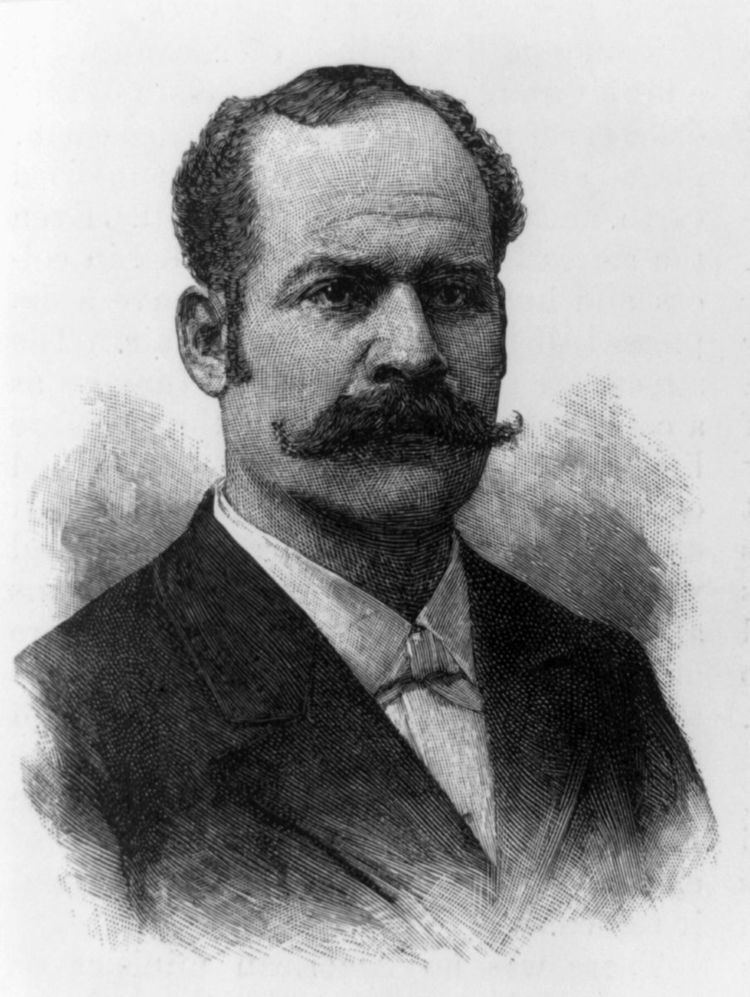 | ||
Vice President Anastasio J. Ortiz 1893–1894 Francisco Baca 1894–1896 Full Name Jose Santos Zelaya Lopez Died 17 May 1919New York City | ||
Breve historia de jos santos zelaya
José Santos Zelaya López (1 November 1853 Managua – 17 May 1919 New York City) was the President of Nicaragua from 25 July 1893 to 21 December 1909.
Contents
- Breve historia de jos santos zelaya
- Banda colegio jos santos zelaya
- Early life
- Politics
- Reelection possibility of a canal and response from the US
- US sets up base of operations in Nicaragua
- References

Banda colegio jos santos zelaya
Early life
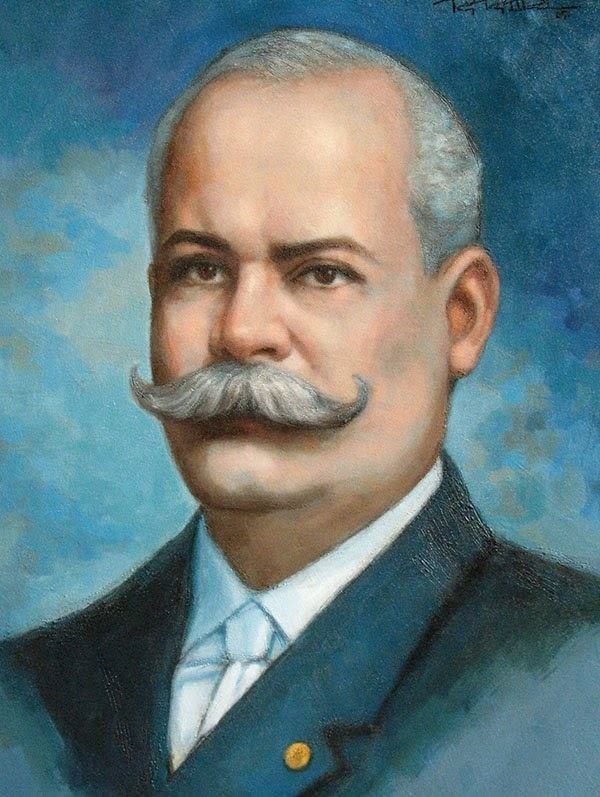
He was a son of José María Zelaya Irigoyen, born in Nicaragua, and his mistress Juana López Ramírez. His father José María was married to Rosario Fernández.
Politics
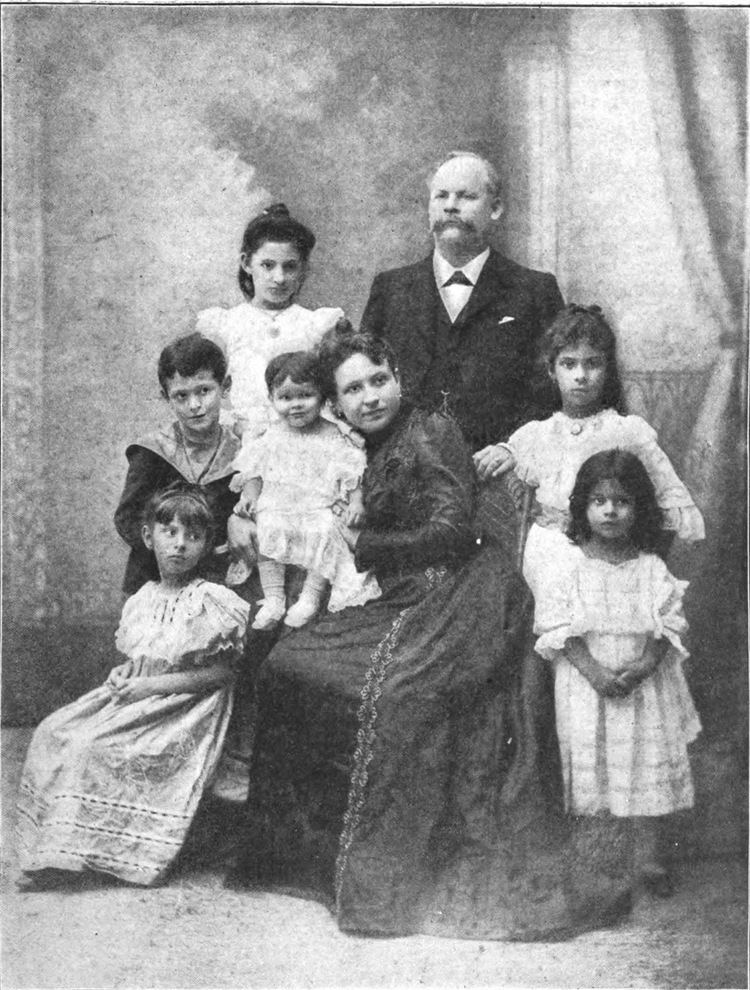
Zelaya was of Nicaragua's liberal party and enacted a number of progressive programs, including improving public education, building railroads, and establishing steam ship lines and enacting constitutional rights that provided for equal rights, property guarantees, habeas corpus, compulsory vote, compulsory education, the protection of arts and industry, minority representation, and the separation of state powers. However, his wish for national sovereignty often led him to policies contrary to colonialist interests.
In 1894, he took control of the Mosquito Coast by military force; it had long been the subject of dispute, home to a native kingdom claimed as a protectorate by the British Empire. Indeed, Nicaragua and before Spain, had always claimed the Caribbean Coast of this country, but the "Zambos" pirates (former African runaway slaves mixed with local Indians) and part of the Misquito Indians (probably with the Sumos and Ramas as well), together with the military support of the British Marines, tried to create a colonial British settlement (Greytown, nowadays Puerto Zelaya). This is similar to the cases of Belize and Guatemala, except that Belize has been an Independent Nation since 1981. Zelaya's fortitude paid off, and the United Kingdom, probably not wishing to go to war for this distant land of the Empire, recognized Nicaraguan sovereignty over the area. The strategic value of this land led to the name "Vía del Tránsito" ("Route of Traffic"). Both the United Kingdom and the USA wanted the control of this route that connected the Caribbean Sea with the Pacific Coast across the San Juan River and the Nicaraguan Lake. At this point, the Panama Canal did not exist, and the USA was rising as the new continental power. Cornelius Vanderbilt became the owner of the steamboats in the San Juan River, but he was later expropriated by William Walker. After 1856/1858 Central American War, Costa Rica, allied with some Nicaraguans Nationalists forces and later with the Armies of the three other Republics of Central America, were defeated in a bloody war by the North American Filibuster William Walker. Walker wanted to annex these five Independent Republics to the USA and bring back slavery in Central America, which had was abolished since 1824. Years later, the Nicaraguan Conservative party became opposed to foreign invasion, because of the Liberal internal divisions during Walker's occupation. Nonetheless, Conservative Oligarchy (mainly from Granada in the South) was later incapable of modernizing all Nicaragua. On the contrary, Zelaya was a Liberal member of the military, as well as an educated leader, a regular Freemason, and an Anti-imperialist fighter. He had the support of other Liberal leaders of Central America (Guatemala and Costa Rica had a Liberal Revolution in 1870, El Salvador as well).
Reelection, possibility of a canal, and response from the US
José Santos Zelaya was reelected president in 1902 and again in 1906.
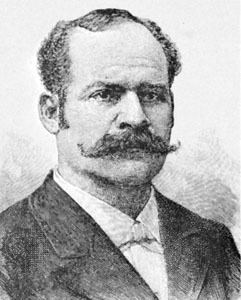
The possibility of building a canal across the isthmus of Central America had been the topic of serious discussion since the 1820s, and Nicaragua was long a favored location. When the United States shifted its interests to Panama, Zelaya negotiated with Germany (who happened to be in the middle of a cold war with the U.S over Caribbean ports) and Japan in an unsuccessful effort to have a canal constructed in his state. Fearful that president Zelaya might generate an alternative foreign alignment in the region, the U.S. labeled him a tyrant in opposition to U.S. planned hegemony.

José Zelaya had the project of reuniting the Federal Republic of Central America, with, he hoped, himself as national president. With this aim in mind, he gave aid to liberal federalist factions in other Central American nations. This threatened to create a full scale Central American war which would endanger the United States Panamanian canal and give European nations, such as Germany, an excuse to intervene to protect the collection of their bank's payments in the region or if failing that then demand a land concession.

The Zelaya administration had growing friction with the United States government, for example while the French government had inquired to the U.S. whether a loan to Nicaragua would be deemed unfriendly, the U.S. Secretary of State required the loan to be conditional on U.S. relations. After the loan was pending on the Paris stock exchange, the U.S. further isolated Nicaragua by claiming any money Zelaya would receive "would be without doubt spent to purchase munitions to oppress his neighbors" and in "hostility to peace and progress in Central America." The US State Department also demanded that all investments in Central America would also need be approved by the U.S. as a means to protect U.S. interests and to overthrow president Zelaya according to a French minister.
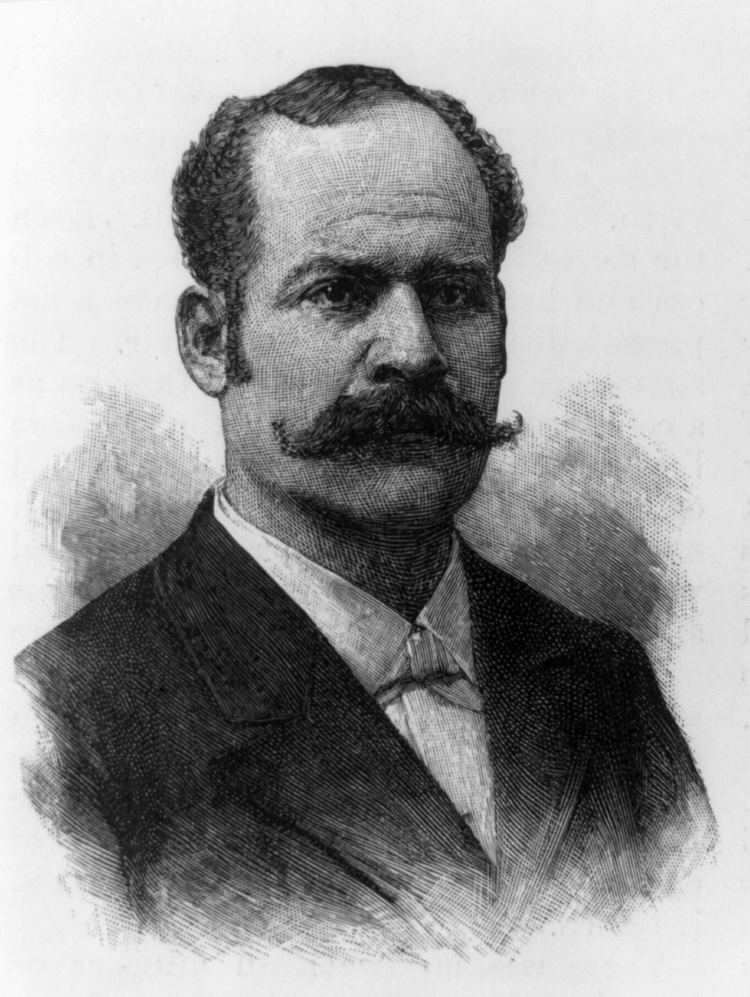
The U.S. started giving financing aid to his Conservative and Liberal opponents in Nicaragua who broke out in open rebellion in October 1909, led by Liberal General Juan J. Estrada. Nicaragua sent its forces into Costa Rica to suppress Estrada's pro U.S. destabilizing forces, but U.S. officials deemed the incursion as an affront to Estrada's aims and attempted to coerce Costa Rica into acting first against Nicaragua, but Foreign Minister Ricardo Fernández Guardia assured Calvo that Costa Rica was determined "not to enter such dangerous actions as those proposed by Washington." It "considered the joint action proposed contrary to the Washington treaty and desired to maintain a neutral attitude." Costa Rican officials considered the United States a more serious threat to Central American peace and harmony than Zelaya's Nicaragua. Costa Rica Foreign Minister Fernández Guardia insisted, "We do not understand here what interests can the Washington government have that Costa Rica assumes a resolutely aggressive position against Nicaragua, with the danger of compromising the observation of the...conventions of December 20, 1907.... It is in Central America's interest that U.S. action with respect to Nicaragua should assume the character of an international conflict and in no sense the character of an intervention tolerated and even less solicited or supported by the other signatory republics of the Washington Treaty. So Costa Rica, even the fact that came itself from a kind of small civil Counter-Revolution in 1889 against Liberal-Military regime, never was an accomplice of USA Imperialist Policy against Nicaragua in those times. ( Gregorio Selser: "Nicaragua, de Walker a Somoza". México DF: Mex-Sur, 1984; selser, Gregorio: "Sandino, general de hombres libres. Buenos Aires: Pueblos Unidos de América, 1955"; Selser, Gregorio: "La restauración conservadora y la gesta de Benjamín Zeledón": Nicaragua-USA, 1909-1916. [Managua?]: Aldilà Editor, 2001; Selser, Gregorio: "Cronología de las intervenciones extranjeras en América Latina (Tomos 1 y 2)": publicado postumamente.) On the contrary, some Liberals from Costa Rica exiled in Nicaragua during Zelaya's regime. Liberals returned to the Government in Costa Rica with the polemic President Ascensión Esquivel Ibarra (1902-1906), who was born in Nicaragua and later with the first Government of President Ricardo Jiménez (1910-1914). Liberal returned in Civil and a Democratic way to Costa Rica with the popular and progressive Government of Alfredo Gonzalez Flores (1914-1917), overthrow by the short Dictatorship (1917 -1919) of Federico y Joaquín Tinoco, during I World War. Political Liberalism in Latin America was different from nowadays Neo-Conservative or Neo-Liberalism in Economy. On the contrary, old Political Liberalism mixed with Anti-Imperialism and Nationalism became in some Latin American countries,(such as Mexico after Revolution, Ecuador with Eloy Alfaro, Colombia with Jorge Eliecer Gaitán, etc.), an ideology that represented the interests of the lower popular classes before Socialism. Of course it wasn't always like that, in other countries of Latin America. For example, specially for Nicaragua, when Somoza and his family Dictatorship with the support of USA, claimed himself as "Liberal" betraying Zelaya, Benjamín Zeledón, and Sandino Democratic and Anti-imperialist political heritage.
US sets up base of operations in Nicaragua
Officers of Zelaya's government executed some captured rebels; two United States mercenaries were among them, and the U.S. government declared their execution grounds for a diplomatic break between the countries which later led to formal intervention. At the start of December, United States Marines landed in Nicaragua's Bluefields port, supposedly to create a neutral zone to protect foreign lives and property but which also acted as a base of operations for the anti-Zelayan rebels. On 17 December 1909, Zelaya turned over power to José Madriz and fled to Spain. Madriz called for continued struggle against the mercenaries, but in August 1910 diplomat Thomas Dawson obtained the withdrawal of Madriz. Thereafter the U.S. called for a constituent assembly to write a constitution for Nicaragua and the vacant presidency was filled by a series of Conservative politicians including Adolfo Diaz. During this time, through free trade and loans, the U.S. exercised strong control over the country.
